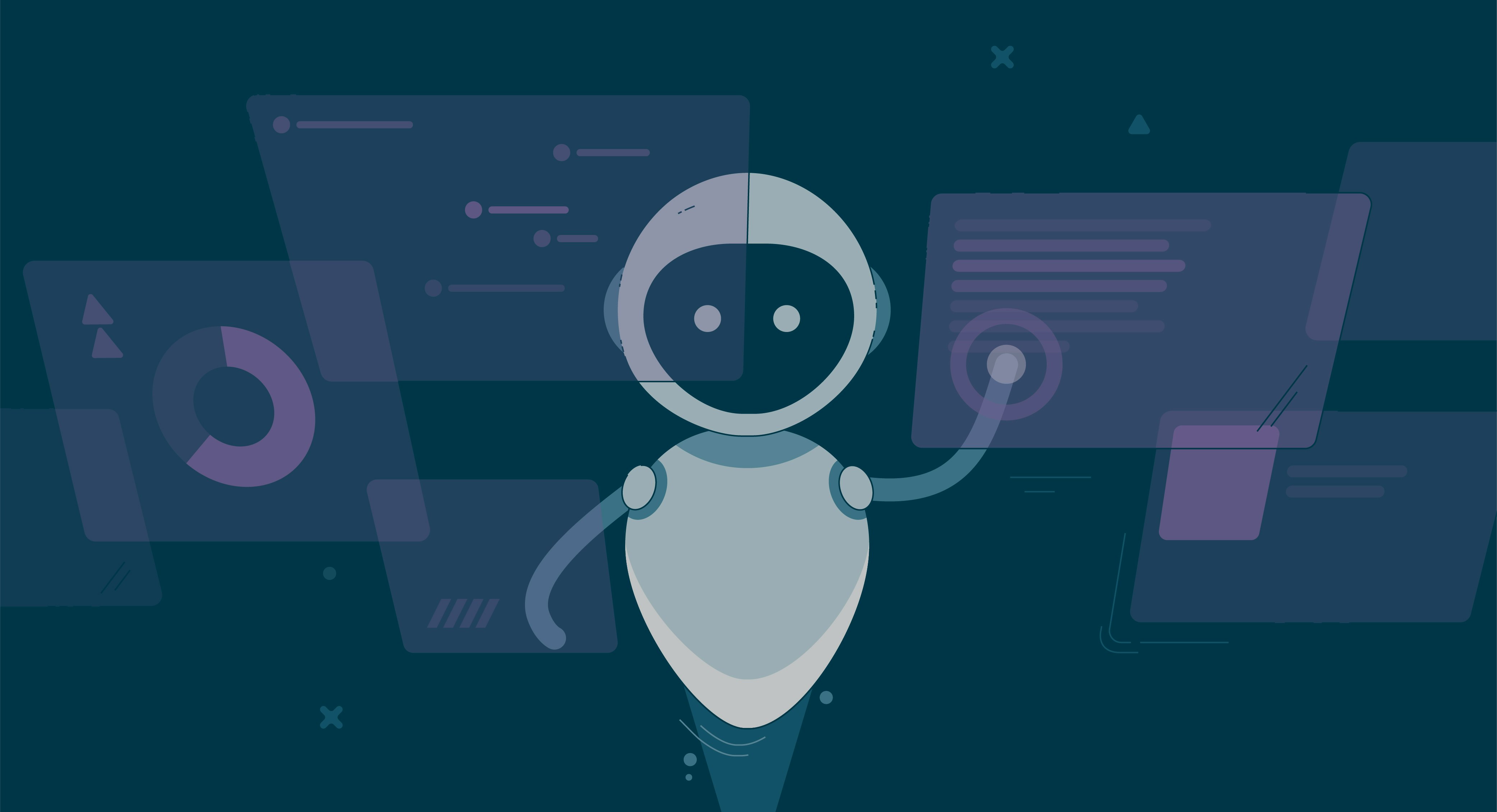Artificial intelligence: DAWN of the new designer
Author
Roel Jansen
Published
22 May 2017
Reading time
5 minutes
Artificial Intelligence (AI) is enhancing products and services like automatic website builders, music and movie streaming services and personal assistants on your smartphone. It can make a product or service smarter by adapting to the needs of its users. It can also create new experiences by itself.
The effect that AI has on the design community is met with excitement, as well as with caution. Judging by TED talks like: The incredible inventions of intuitive AI and articles with titles like: AI and the future of design: Will machines take your job? and Adobe Is Building An AI To Automate Web Design. Should You Worry? If AI can automatically create something new or predict user behavior, what will this mean for the future designer?
What AI can do for the user experience
First, lets look at some examples of AI enhanced products that are already being used. For instance, Conversational user interfaces can use AI to learn from people that interact with them. This helps the CUI to keep improving its output without the need for a human teacher.
Amazon and Netflix use AI to recommend products or movies and series for their users. They show you (mostly) relevant content because the recommendations are based on your behavior. Personal assistants like Apple’s Siri or Google Now, gradually improve their understanding of conversations by learning from their users.
So, AI is already being used in different products and services that we know. Often making the experience of these products and services more personal by learning from user behavior. Apart from that, AI is also able to create experiences from the start.
AI as the creator
Software company Adobe is working on a (yet to be named) product, based on its AI Sensei, that is able to create design elements such as visuals and copy. When a website needs new content for a specific group, Adobe’s AI could help the designer with creating and recommending new elements. Resulting in a tool that can help companies create personalized pages for different kinds of users without extensive work being done by a human.
There are already several automatic website builders powered by AI. The Grid is a CMS that allows users to easily launch their own website. All they do is insert text and images, The Grid creates how it looks. Another company called Wix is developing what they call: Advanced Design Intelligence. This technology creates websites from scratch based on inspirational websites that people at Wix ‘feed’ ADI, and some information about the client that wants a website. The client can give feedback and ADI can iterate and show different options. Firedrop is a website builder that lets people create and customize their personal website through a Conversational User Interface. The CUI serves as an editing tool to adjust the designs if the user wants to. Most of the work like collecting and placing images, choosing fonts and colors, building the layout, is being done by Firedrop.
AI is also being used in the construction industry. Autodesk Project Dreamcatcher generates different design options based on what the designer’s objectives and constraints are. This so-called generative design system creates many different results for the designer to reflect upon. Resulting in co-creation between designer and computer.
It seems as though AI is able to create and iterate when it is given enough input. For now AI can take over some repetitive tasks for designers. Leaving the designer time to work on bigger and more complex problems. Most AI driven products create something that still needs to be checked by a designer, resulting in a partnership that needs both man and machine, a symbiosis.
AI as the analyst
We are creating more and more data by using digital products. Data can be very time consuming for a human to analyse. This is where the AI based application of machine learning can help people gather conclusions from data. Designers will be able to understand users better because their behavior is made more insightful.
The Grid CMS mentioned before runs A/B tests to choose between different design options. When a system learns how users act and what they prefer, it can suggest alterations for your design based on your users behavior.
AI can also help with personalization, as we have already seen with Amazon and Netflix. By learning from user behavior, an AI enhanced product can adjust content to meet the interests of its users.
When looking at the analytical role of AI, the designer can test their designs based on what has been learned from user behavior. Therefore AI can help the designer by checking their work and giving suggestions. AI can also help the designer by adjusting content to fit with the different users.
What AI can’t do yet
There are some aspects of designing that are less suited for AI. Sometimes a designer can deviate from the problem at hand, as is often the case with brainstorming, to come up with something unique. As of yet, AI’s are more apt at doing the logical. Thinking in answers and solutions, instead of reframing the question as designers sometimes do.
As a designer, you need to empathize with not only your target groups but also your coworkers and shareholders. Designers can present work with emotions and feeling alongside facts. Machines have more difficulty possessing these softer sides of design, such as presenting, debating and listening.
At the moment most AI based systems require a lot of input to start creating useful results. For now, AI based products start with gathering inspiration from what already exists, so AI still needs a lot of human help in the form of pre-existing designs. The results that most of these systems create are usually not very complex. As The Grid, Wix and Firedrop mostly create showcase or portfolio websites for small businesses. They have yet to tackle complex websites with lots of different kinds of information.
Conclusion
There are multiple ways in which designers and AI could work together to create better products and services.
For instance, AI can create lots of design options much faster than any human. But an algorithm still needs a clearly defined goal to start working properly. In that respect, designers might use AI as an inspirational tool to help find a solution. So instead of computers being directly controlled by designers, we might move to a more collaborative state where machines can create designs which are based on the parameters provided by the designer.
Another way AI can work together with designers, is on an analytical level. AI systems can be taught to pay attention to user behavior, learning what works and what doesn’t. This can be used by designers to check and improve their designs. It can also personalize products and services by adjusting content to fit in with what has been learned of each individual user. The AI system can thus provide insights that can lead to new iterations.
We are starting a new partnership between designer and machine, working together to create better and more personal results. As designers, we should try and understand how these new AI based systems work and where they can help us the most. We should still be able to control and adjust the outcome of these systems, and we need to work together with these systems to translate user behavior into meaningful experiences.
About the author

Innovation
Research



